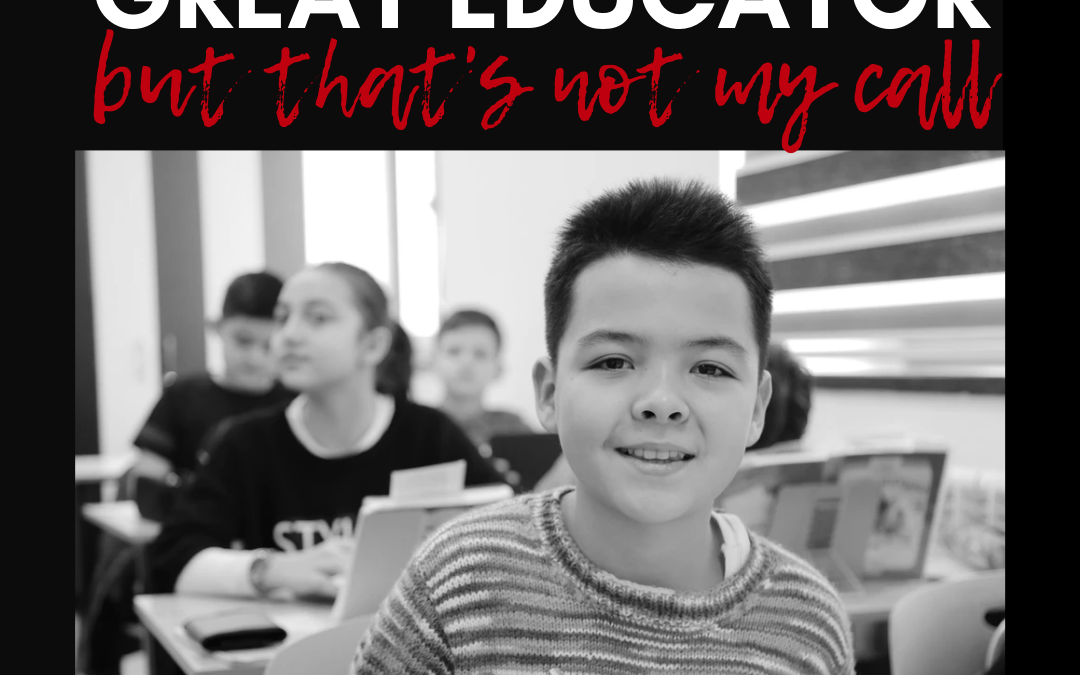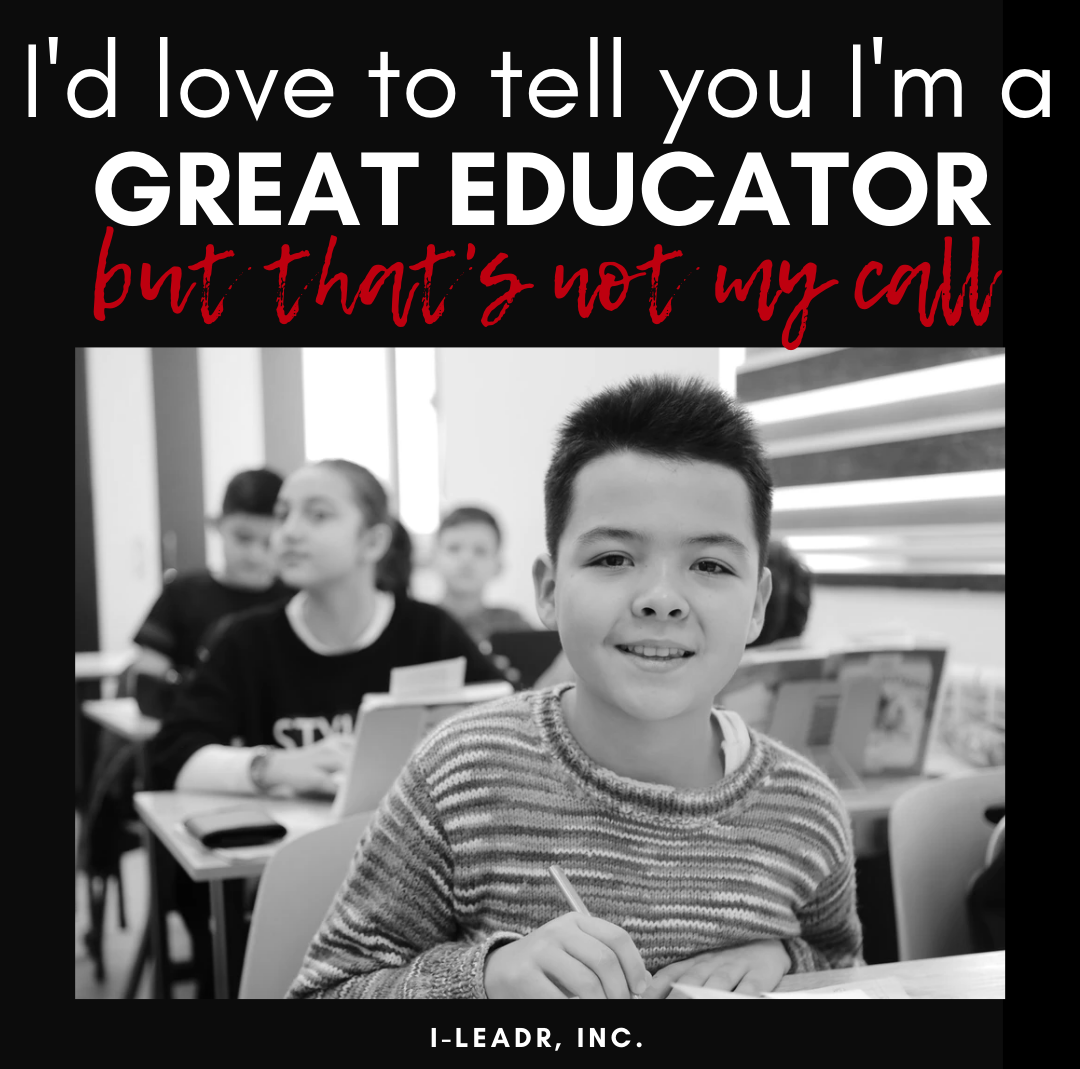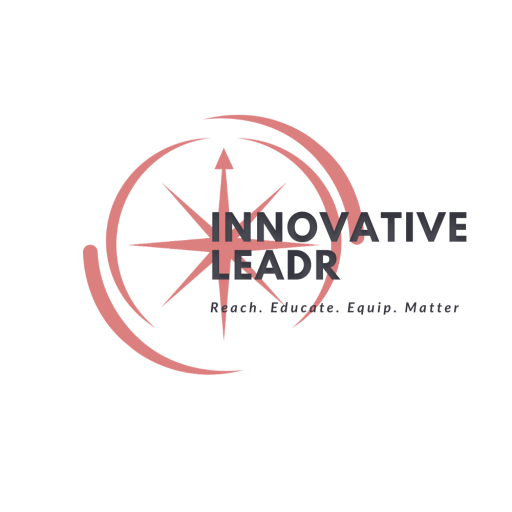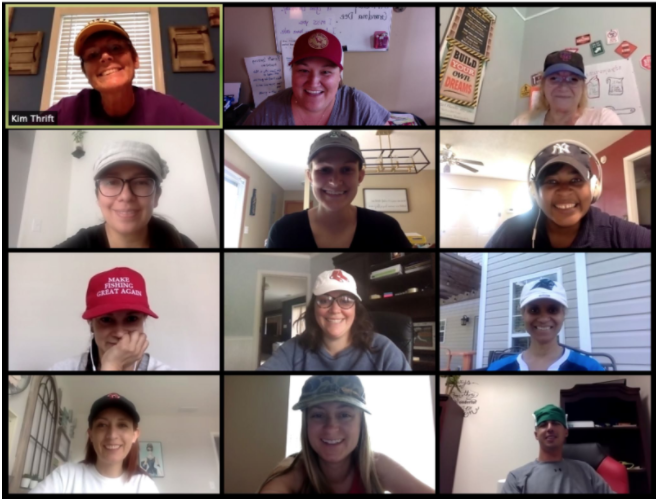
I’d Love to Tell You I’m a Great Educator

By: Janna Sells
What Makes a Great Educator? The importance of Professional Development and Values for Educators and Teachers.
You know how they say timing is everything? True story alert. I’m not one who believes in coincidences.
I was having a casual conversation during a professional partnership call. A friend on the call said something so profound that it caused me to stop and really reflect on his words. He said, “I’d love to tell you I’m a great husband, but that’s not my call.” .. Wait, what? .. He continued, “My greatness is decided upon by my wife.”
[Mic Drop]
What would those I serve say about my greatness? It’s not my call.
Flash back- two weeks. Our team solicited feedback from our stakeholders to work on our own continuous improvement. We all have room to grow. Quoting my wise and late, Grandpa Wes, “Janny, when you’re done learning, it’s time to die.”
As we began reading some of the anecdotal feedback from our service community we were smitten by the positive affirmations. What a bucket filler. We were feeling pretty amazing! Living our mission to REACH, EDUCATE, EQUIP, and MATTER. Our hearts were full .. but the feedback was not all positive.
There it was, the criticism that specifically stopped me in my tracks. Referencing a personal experience that I shared with a team of teachers, I knew immediately exactly who the feedback was referencing.
My immediate feeling was defeat. I was the one. I was one who in the midst of 100s of affirmations had the one negative (err .. 3 actually) comments. There were 3. All referring to me. I had let my team down. The team that I help to lead. Gut punch.
The next feeling I felt was failure. I failed this particular team. I failed the school they serve. Worse, I failed their students. The very first action of our mission is REACH. Failure.
The feelings following were a mix between, regrets (should haves) and hopes (next time).
I began reflecting and praying over the feedback because the reality is, while their words are not true to me, I allowed their words to be true to them. It is so true that our perception is our prison. Thank you to one of my inspirational coaches, Trent Shelton, for that piece of wisdom.
I began to question the approach I used to lead the crucial conversation, my choice of words, the way I made someone else feel, and sadly my passion and purpose for serving children. I asked colleagues to coach me up. I referenced some tactical approaches from my own crucial conversation training. I pulled some articles and texts from my educational leadership resources. I was so hurt that I made someone else hurt. So vain. I know.
The more I mulled over my shoulda, coulda, wouldas, the more my God showed up for me. I had prayed for the opportunity to redeem myself. I had prayed that in the future, I more genuinely articulate the WHY behind my work. I had prayed that the people who were hurt by my support would somehow know that at the end of the day, I will passionately and unapologetically try to give more than my best to serve and grow children. I prayed for grace.
Another core belief I hold is that teachers do the best they can, with what they know at the time they know it. Once we know better, we do better.
Flash to the Present. I recently bumped into one of my former 3rd grade students. Shortly following our reunion I received a social media friend request. ACCEPTED.
Within 24 hours I received the most uplifting message from this now beautiful rising senior.
Yall. There are so many times in our life we question our purpose. What is our roll in this big world? I am so blessed to have found and live in my purpose, but it doesn’t mean that I do not occasionally feel the pressure to question it.
I will always VALUE and APPRECIATE my stakeholder’s feedback to continually grow in my practice. Even when it hurts, there is room for improvement.
This simple message from a former student reminded me that just because I need to work on some outward communication doesn’t mean that I should question my worth when I’m working in my purpose and driven by my compelling why. She is part of my why. To allow someone else permission to judge or evaluate MY why is not growth mindset nor is it part of any continuous improvement model. My why is mine and no one no matter the feedback will take it from me.
Here is your simple two step challenge friends-
- STAY TRUE TO YOUR WHY. No one has permission to rob your passion or purpose. Remember the desire for personal or professional reflective, continuous improvement does not represent a weakness in your purpose. It’s quite the opposite. It represents humility and that you are so solidly grounded in your why, that you’re comfortable being uncomfortable growing in your practice.
- No matter your life or professional role, identify who it is that you serve and allow your consumer the opportunity to make your call of greatness. The reality is, I’d love nothing more than to tell you that I am a great educator, but truth be told, it’s not my call. Make your impact matter to those your serve. Humbly and reflectively, GROW IN YOUR PRACTICE while maintaining your WHY.
I hope you leave these thoughts determined to be the best version of yourself and that those you serve no matter your practice know how great you are!
#neverquestionyourwhy but rather #improveyourpractice


